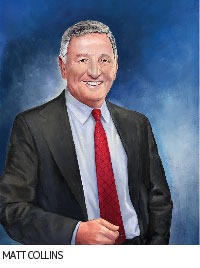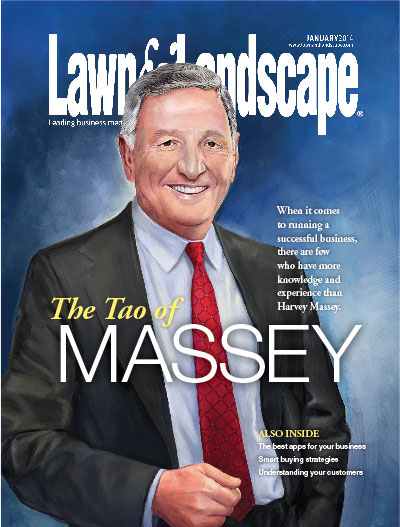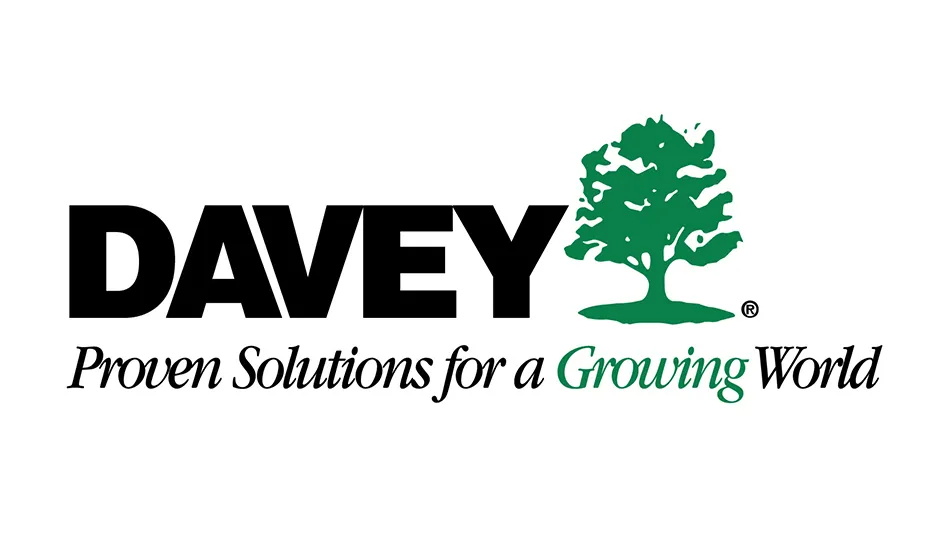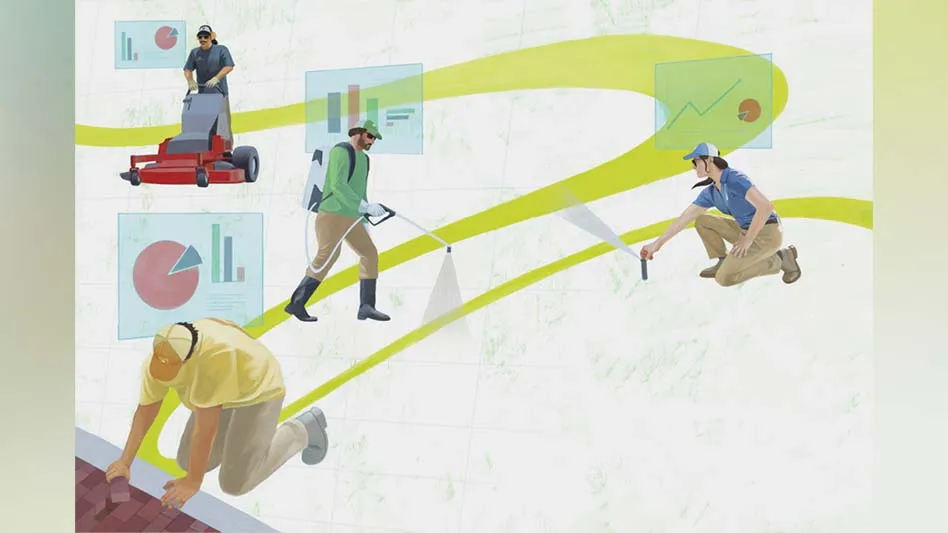 When it comes to running a successful business, there are few who have more knowledge and experience than Harvey Massey.
When it comes to running a successful business, there are few who have more knowledge and experience than Harvey Massey.
Massey has owned and operated the Orlando-based Massey Services since 1985, when he purchased Walker Chemical and Exterminating Co. Prior to the company purchase, Massey served in senior management at both Orkin Pest Control Co. and Terminix International.
Since the company purchase, Massey has built Massey Services to the fifth largest company in the pest management industry and the largest privately-owned family company in the business, while landing at 18 on L&L's Top 100. In 1984, the company ended its fiscal year with $3.9 million. In 2012, with 1,400 employees and more than 370,000 customers, the company closed out with $150 million in revenue.
Massey has received numerous industry-based awards and recognition, as well as honors in the Florida community for his service and support.
At the ASCA meeting this past summer, Massey was the keynote speaker, giving a talk on “How to Succeed in the Service Industry.” Massey discussed the basic foundation the company has created, as well as a few of the lessons he has learned during the past 50 years in the industry. The insight he gave is something every business owner can learn from.
According to Massey, an important part of creating and growing a business is to build a basic company foundation, which involves four key management disciplines: image, planning and budgeting, hiring, and training.
Elevate the appearance.
The first step a company needs to take is to work on its image.
“Everybody in this room, at one time or another has heard the old expression that you only get one chance to make a great first impression,” Massey says.
|
After they’re hired Whether we like it or not, every business has to make a new hire at one point or another. It’s a tricky task, but something that can be trickier is how to train the person after they’re hired to turn them into the perfect employee. According to Massey, there are three C’s to training a new hire: confidence, conviction and commitment. When you train someone, you want to give them enough training so that when they’re out on the job, they have a level of confidence that they can do the job. “You’ve got to give them the confidence to go out in the market place and do whatever you’ve been telling them to do,” he says. After an employee’s confidence is built, you take the training to the next level, what Massey calls the “level of conviction.” After you show them what to do, they do it a few times and they begin to believe that they can do the job. The last step to successful training is commitment. It's commonly referred to as loyalty, and that’s something a team member has after they believe they can do the job correctly, and that you trained them well. When team members reach this step, their language changes to "we," "us" and "our." |
The most obvious first impression a company gives its customers are with its team members and fleet. Feeling he needed an upgrade, Massey developed a uniform program and put all team members in brand new uniforms. The company did a similar thing with its fleet, which Massey described at the time as having been in “deplorable condition,” and purchased 68 new vehicles.
This is important said Massey, because in the service business, “if you don’t get the look right, you’ll never get the act right. The public, as well as the people on your payroll, will believe more about what they see, than by what you say.”
Know the numbers.
The company next had to set up budgeting criteria.
“A lot of companies budget from the top down, but we budget from the bottom up,” Massey says. “To budget from the bottom up, you get the ideas, the concepts and the plans from the people below. Budgeting is not someone sitting down, saying ‘Well, we’re going to do this much revenue, we’re going to spend this much money, and what’s left over is called operating profit.’
“Budgets are put together from the bottom up and budgets are used, not only as a planning device/discipline, but are used as an educational tool to teach our people how this all fits together.” To this day, the company budgets every trimester.
"Budgets are based on a set of operating standards and goals, which reflect how the 100 pennies in a dollar are allocated and spent," he says. "We have daily productivity standards, which minimize travel and maximize service time and, finally, we have new sales rate cards which determine how we price our service."
Build the team.
After the image and the budget, focus on finding employees. "We trained our managers on interviewing and hiring techniques,” Massey says. “We backed it all up with three levels of approvals on every new hire and termination, and to this very day everyone who is hired or terminated, goes through three levels of approval, from the service center, to the region, to the executive vice president’s office.”
Paint the picture.
The fourth and final corner of a company’s foundation is training. The company also created job descriptions for every job in the company, something that hadn’t been created before.
“Our job descriptions lay out the primary responsibilities and the duties of the job,” Massey says. “We constantly reminded our managers that training is an ongoing and never-ending process, and from day one when we put someone on our payroll, we teach and train all our managers to take the people through what we call the critical levels of the learning process.” (See Sidebar)
The final four.
Along with the steps to building a basic foundation, Massey also spoke about four very important lessons he 's learned throughout his career.
- "You can’t manage what you don’t know. You have to know why people buy from you, why people don’t buy from you, and why they cancel your services. If you have a clear understanding of these, you’ll know what to do in marketing and operationally.
- "It’s not what you know about business that makes the difference; it’s what you do with what you know. It’s important to understand your very best ideas will not work unless you do.
- "I have also learned the importance of ownership. This has nothing to do with stock options, stock, equity, acquired assets, how much you pay someone, or how much you make. It has to do with the connection between the head and the heart, where all of a sudden the language, the thinking and the action is we, us, and our.
- "It’s important to learn the difference between making a living and making a life. As Winston Churchill says: ‘We make a living by what we get, but we make a life by what we give.’
"Whether you are dealing with your family, your community, your religion or your business, I’m personally convinced that when you take a lot out, it’s important to put something back in. In other words, you can’t go through life with catcher’s mitts on both hands – sooner or later you have to throw something back."

Explore the January 2014 Issue
Check out more from this issue and find you next story to read.





